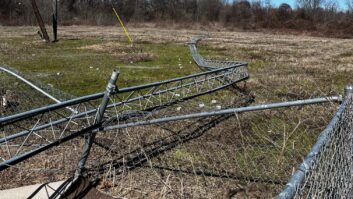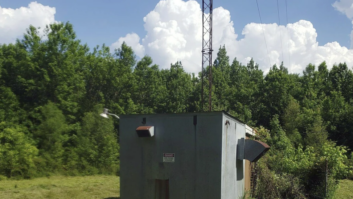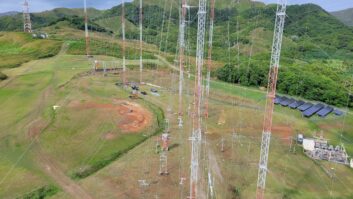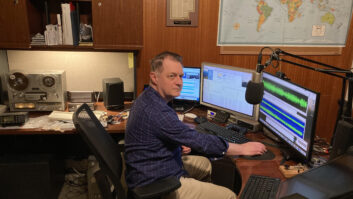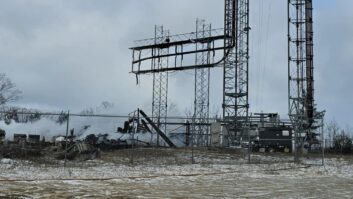Ben Dawson of Hatfield & Dawson Consulting Engineers saw our mention in the Feb. 15 column of Western Electric 120 “repeat coils.”
Ben has a 1950 Western Electric Telephone Equipment catalogue in his office and says it lists several versions of the coil — numbered 120C, D, E, H, J and K — with various turns ratios and characteristics.
A more common repeat coil, he says, is the truly wonderful 111C. In addition to its amazingly well-balanced pairs of windings and wide frequency response, the 111C has a Faraday shield that might save your bacon when you need to get rid of troublesome common mode signals.
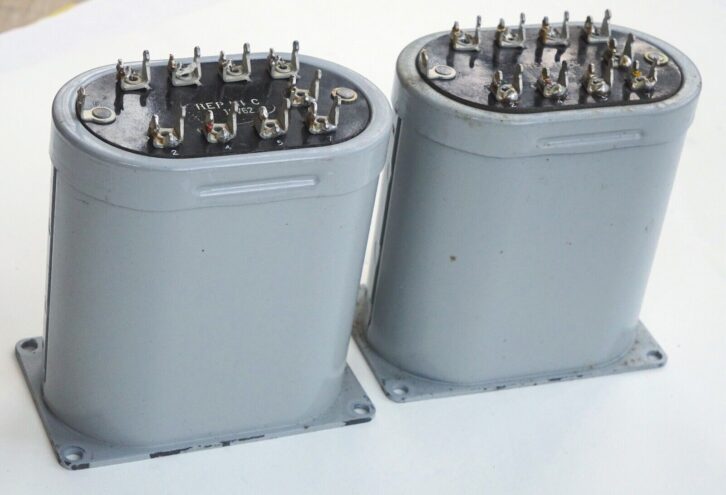
Ben remembers an AM station where an incoming telco program line and solid-state amplifier were picking up FSK telegraph signals from the VLF transmitter at the Jim Creek Naval Radio Station in Washington state. These signals passed through the AM station’s transmitter as audio and created a spur that interfered with yet another station. But a 111C solved the problem nicely.
The 111C is one of the finest audio transformers ever made, and it was ubiquitous on telco equalized program circuits. So on your next visit to an older transmitter site, take a look in the telco closet or on the wall. You might discover one or more of these golden nuggets. Google the hookup specs to learn more about this audio transformer and its multitude of uses.
BTW, the “Resources” section of the Hatfield & Dawson website contains more than 50 articles and downloads on topics that will appeal to both radio and television broadcast engineers.
A good Monday morning habit
From Larry Wilkins’ Monday Morning Coffee and Technical Notes (a service of the Alabama Broadcasters Association) comes an important reminder that your station’s chief operator is required, on a weekly basis, to review the previous week’s station logs, to ensure compliance with the FCC rules.
This review includes all EAS activity, tower light inspections and tower light issues, and any major transmission system disruptions or calibrations. After the review, the chief operator is required to sign and date the logs, indicating that they’ve been reviewed.
Larry has posted a help sheet for understanding the requirements of a chief operator. Find it here.
Caveat emptor
Our Radio World colleague Dan Slentz reminds us that if a price seems too good to be true, be suspicious. Dan recently came across a knockoff of the fine Sennheiser MKH 416 short shotgun mic. The copy looked the same, but that’s where the similarity ended.
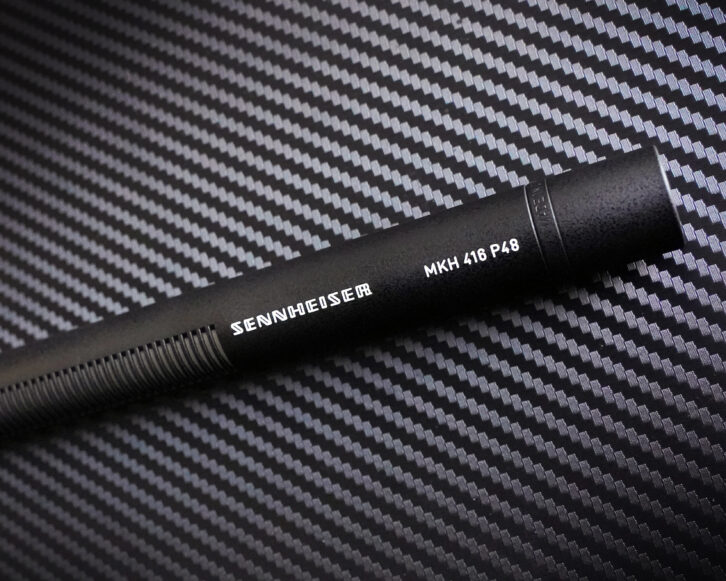
That’s not to say that some offshore microphones aren’t worth the investment. My colleague Kirk Harnack recently picked up a very good offshore condenser model for under $50. But be careful. The saying “Buyer Beware” might be time-worn but endures for a reason. Be cautious before parting with your hard-earned money.
Sorry Roy
Much as I try to be accurate in writing this column, mistakes do occur; and in our March 1 article, I mistyped Roy Becker’s last name. (He’s senior broadcast engineer at the Bible Broadcasting Network.)
Nothing like having your name show up in print only to see it misspelled. Apologies, Roy, we’ll get the online version corrected! (Just call me John Bassett!)
The show must go on
Writing about 111C coils and microphones reminds me of remotes and what can go wrong on them. Murphy’s Law makes no exception for these staples of radio life; any engineer who has done one knows what I’m talking about.
Which reminds me that years ago, a fellow I’d worked with in Washington, D.C., was hired away to handle middays at a top station in L.A. He later told me that Tim Conway would visit the station frequently. The entertainer liked radio and enjoyed the station’s format, so he’d just drop by. He was unassuming, a really nice guy. He’d even help put carts away.
With that as background, take a moment to enjoy the YouTube video “Tim Conway vs. Worst Mic Ever” to discover how one audio engineer heroically helped out when the comedian was having trouble with his audio equipment.
Share your nuggets! Workbench submissions are encouraged and qualify for SBE recertification credit. Email [email protected].





